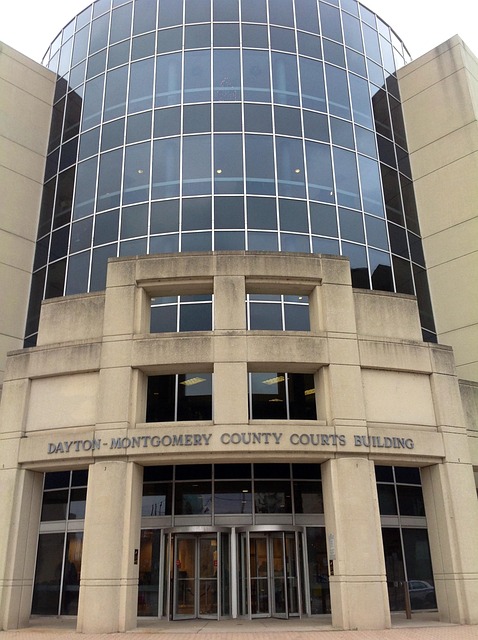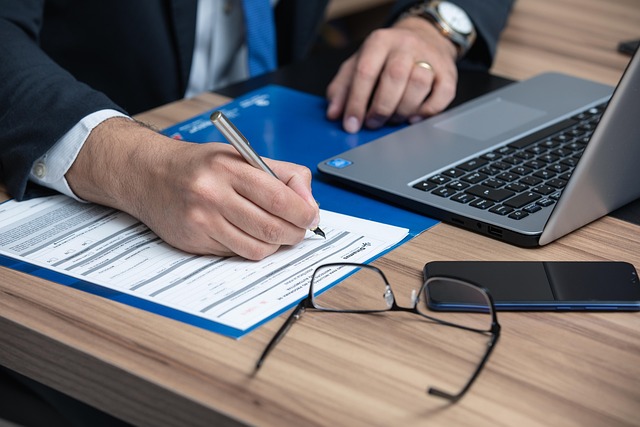After a bike accident, understanding your rights and navigating the claims process is crucial. Document key details and gather evidence like police reports and medical records to prove negligence. Research local laws regarding bike accidents, consult a legal representative if needed, and maximize compensation by gathering comprehensive evidence and promptly notifying your insurance provider. Focus on seeking fair and adequate compensation, regardless of injury severity, through experienced legal representation specializing in bike accident claims.
“After a bike accident, understanding your rights and navigating the claims process can be challenging. This comprehensive guide breaks down the intricate steps involved in filing a successful bike accident claim. From assessing your rights and gathering evidence to submitting a demand and negotiating compensation, we’ll walk you through every stage. Learn how to maximize your potential payout with valuable tips tailored for cyclists. Empower yourself with knowledge and take control of your recovery.”
- Understanding Your Rights After a Bike Accident
- The Step-by-Step Process of Filing a Claim
- Maximizing Your Compensation: Tips for Successful Claims
Understanding Your Rights After a Bike Accident

After a bike accident, understanding your rights is crucial for navigating the claims process effectively. As a cyclist, you have the right to seek compensation for any injuries or damages sustained during the incident. This includes medical expenses, property damage, and pain and suffering. It’s essential to document all relevant details, such as the date, time, location of the accident, and the names of any witnesses present. These facts will serve as a solid foundation for your bike accident claim.
In many cases, a successful bike accident claim involves proving negligence on the part of another party—whether it’s a driver who hit you or a government entity responsible for maintaining the road. Knowing your rights allows you to gather evidence, including police reports, medical records, and witness statements, which can significantly strengthen your case. This process is designed to ensure justice and accountability, especially when dealing with potentially serious injuries like those often seen in car accidents or even elder abuse cases.
The Step-by-Step Process of Filing a Claim

After a bike accident, the process of filing a claim can seem daunting, but it’s essential to understand the steps involved to ensure fair compensation for your injuries and damages. Here’s a simplified breakdown:
1. Seek Medical Attention: The first step is always to prioritize your health. Get immediate medical care for any injuries sustained in the accident. This not only ensures your well-being but also provides documentation of your injuries, which is crucial when filing a claim. Keep all records and receipts from this process, as they will be essential later.
2. Gather Evidence: Collect evidence at the scene and document everything related to the incident. Take photos of your bike, any visible damage, and the location where the accident occurred. Write down details like the date, time, weather conditions, and a description of what happened. If there were witnesses, exchange contact information with them as they can serve as crucial witnesses in your case. For more serious incidents involving a truck or another vehicle, consider contacting a truck accident lawyer or truck accident attorney to discuss your options and the potential for legal action.
3. File an Insurance Claim: Review your bike insurance policy to understand what’s covered. Report the incident to your insurance company as soon as possible. They will guide you through the process of filing a claim, which typically involves submitting a written statement detailing the accident and any losses or damages. Be sure to include all relevant details and evidence collected in step 2.
4. Research Your Legal Rights: Familiarize yourself with the laws regarding bike accidents in your area. If the accident was not your fault, you may be entitled to compensation for medical bills, repairs, and pain and suffering. A legal representative can help navigate these complexities and ensure you understand your rights.
5. Determine Liability: Even if you believe another party is at fault, it’s essential to investigate and establish liability. This might involve reviewing police reports, witness statements, and insurance records. If the other party was at fault, their insurance company will typically cover any legitimate claims against them.
Maximizing Your Compensation: Tips for Successful Claims

Maximizing Your Compensation: Tips for Successful Bike Accident Claims
After a bike accident, navigating the claim process can be challenging. To ensure you receive fair compensation, it’s crucial to understand what factors contribute to a successful claim. First, gather all necessary evidence, including medical records, police reports, and photographs of the scene. This documentation serves as concrete proof of your injuries and the circumstances surrounding the accident.
Additionally, promptly notify your insurance provider about the incident. While your insurance coverage dispute may seem like a daunting task, a car accident attorney can guide you through the legal complexities. They will help negotiate with insurance companies to ensure you receive the maximum compensation for your bike accident injuries, whether they are minor or severe, similar to how a slip and fall attorney would advocate for their clients in other types of accidents.
After a bike accident, navigating the bike accident claim process can seem daunting. However, by understanding your rights and following a structured approach, you can ensure a smoother journey towards compensation. From assessing your injuries to gathering evidence and communicating with insurers, each step is crucial in maximizing your chances of a successful bike accident claim. Remember, knowing your rights and taking proactive measures post-accident are key to achieving the compensation you deserve.





